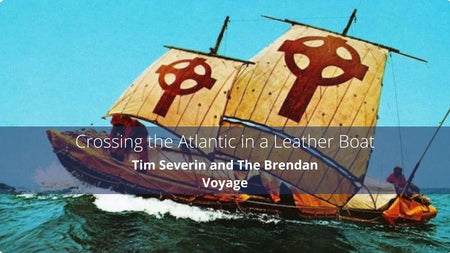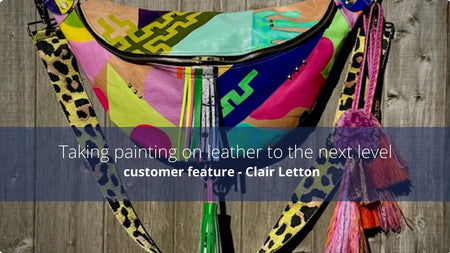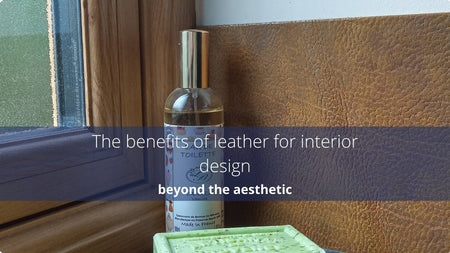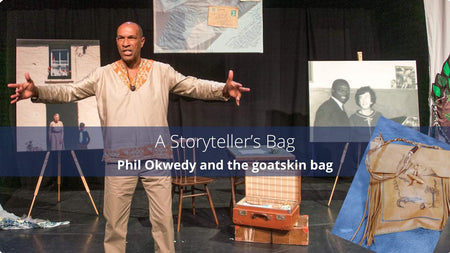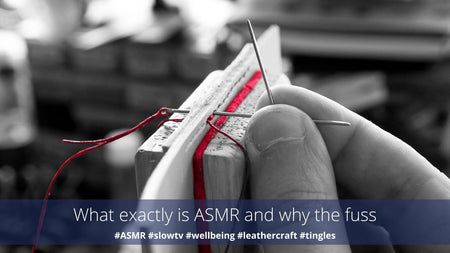|
Tim Severin was an explorer not just through his treks and voyages but also through time. In his Brendan Voyage expedition, he and his companions created a ship made using techniques that were only available to ship builders in the 6th Century AD, to recreate the voyage of St Brendan of Ireland, who is thought to have made it to America. Severin’s aim was to see whether Saint Brendan’s journey had been possible and to do that the group’s vessel would have to be as close a replica of the saint’s boat as possible which also meant using materials and building methods from that time. The finished 36 foot boat, named Brendan, had a double gunwale of oak. Leather rawhide thongs were used to lash the ash frame together and the outside of the hull was then covered with 49 oxhides, quarter of an inch in thickness (6-7mm) that were hand stitched together rolled and greased flax thread. Then the hides were further painted with a wool grease coating . Brendan’s two masts and oars were also made from ash and flax made suitable sails and ropes. The leather was made water-proof in a similar technique to our Heat-Form/Tile Leather. |


Source: OurIrishHertiage.org - Making the Brendan Boat - The Brendan currach under construction in Crosshaven Boatyard showing its primitive wooden skeleton and hide skin. Photograph by Ian Yeomans.* Read More
Despite this leather skin being only a quarter of an inch thick (6-7mm) Severin and his crew sailed Brendan from Brandon Creek in Dingle to Newfoundland, surviving storms and a puncture from pack ice.

You can read more about this epic adventure in the book "The Brendan Voyage" by Tim Severin.
|
Severin went on to further adventures, the Sinbad Expedition, Jason, Ullysses, to China and more. A truly amazing and intrepid living history explorer.
The Irish Times - Tribute to Tim Severin

Dedicated to Tim Severin
A currach (Irish: curach [ˈkʊɾˠəx]) is a type of Irish boat with a wooden frame, over which animal skins or hides were once stretched, though now canvas is more usual. It is sometimes anglicised as "curragh". The construction and design of the currach are unique to the west coasts of Ireland, and are still made today. Source Wikipedia
Rawhide and sinew for lashing
Artificial Sinew lashed canoe struts - Alan Glasby - "The sinew was very good to work with and enormously strong"





